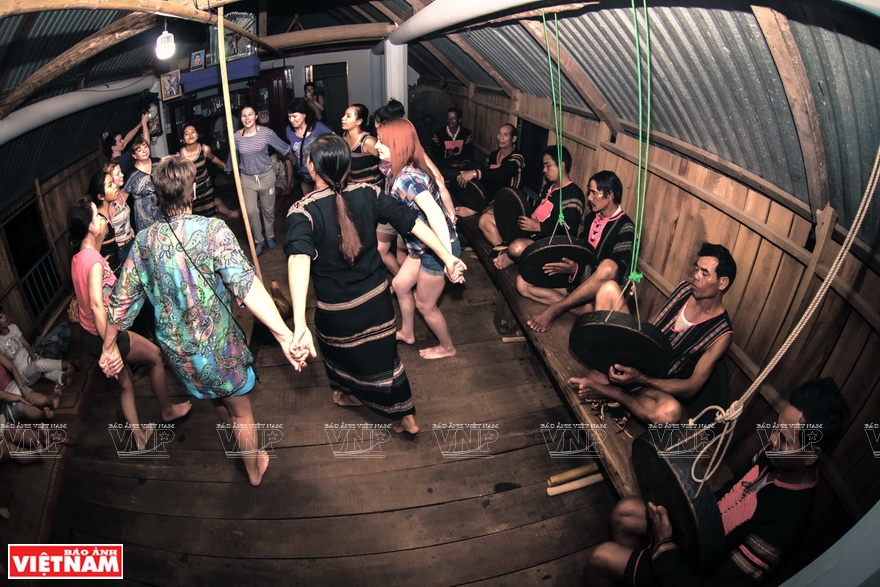 The former imperial city of Hue has five UNESCO-recognized heritages. |
The Vietnamese government has considered harmonizing conservation and development which are key to promoting the country’s heritages.
“Conserving and promoting heritages are the responsibility of not only the state but also the people and community,” said Prime Minister Nguyen Xuan Phuc. He stressed that the conservation must promote the cultural identity of Vietnam to enrich the world’s diverse cultural identities while ensuring the country’s fulfillment of its international commitments in managing and protecting heritages.
|
“If I am here to represent UNESCO in Vietnam, you represent the values UNESCO can bring to your people. Only you, through your work, can help the community understand the meaning of those values.”
Michael Croft, UNESCO’s Head of Office in Vietnam |
“Each heritage in our country is proof that Vietnam is open to integration and cultural and historical values in the development of human civilization. Hoi An and My Son Sanctuary in Quang Nam province are among those heritages,” the Prime Minister said at the 20th anniversary of the recognition of Hoi An and My Son sanctuary as world cultural heritages.
In recent years, the number of foreign tourists visiting world heritages in Vietnam has risen sharply, bringing in major revenue for the localities. Among the popular destinations are Ha Long bay, Hue imperial city, Hoi An, Trang An landscape complex, the Temple of Literature and Huong pagoda.






